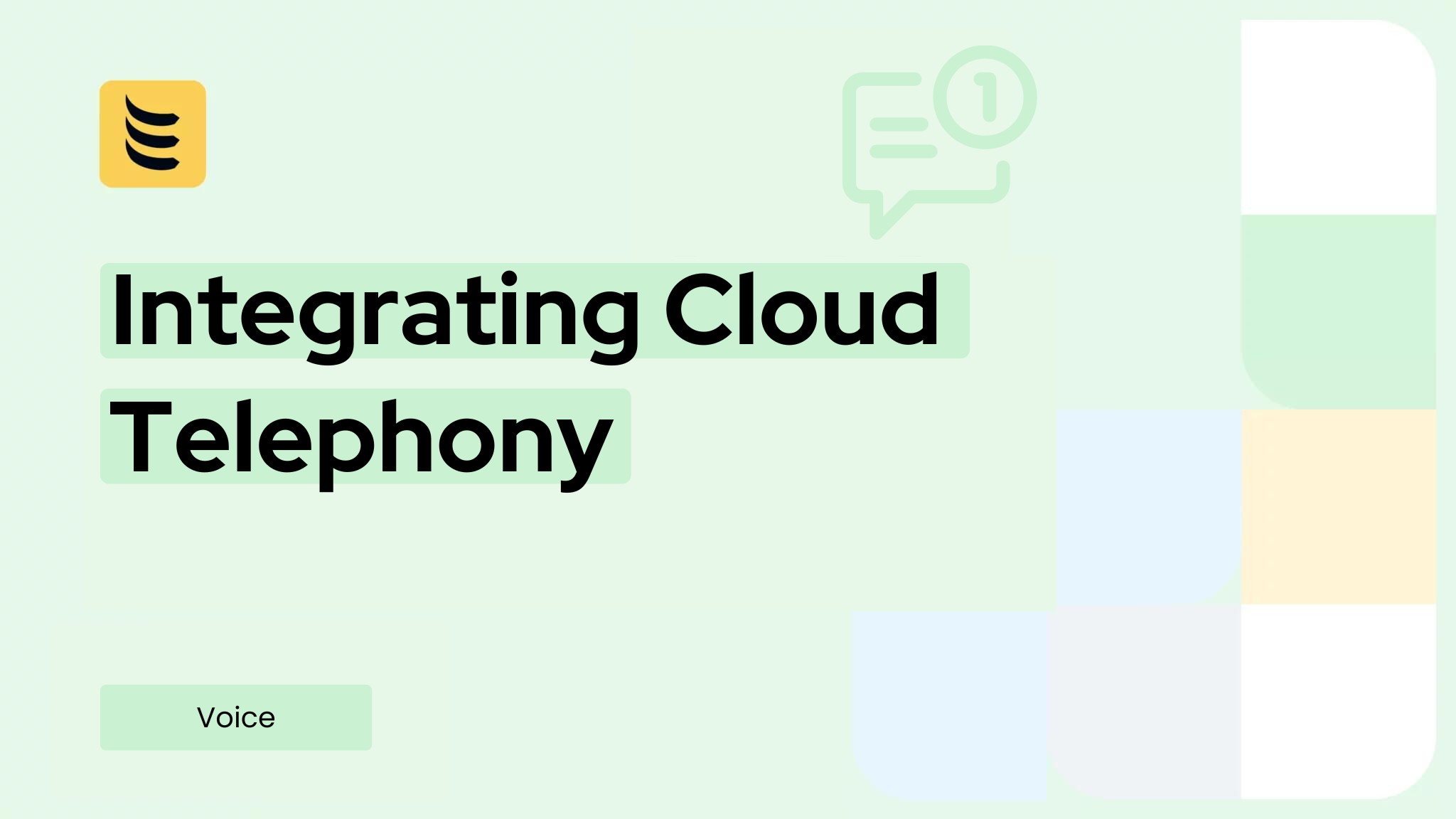Key to the operation of telecommunications networks is the carrier services infrastructure (CSI). The CSI used affects how the service works because they each have different protocols underlying them.
This means some will have less bandwidth available than others and some will support fewer services. CSIs are akin to a road network; it allows you to reach your destination but there are many different ways of achieving the same end. Here, we briefly explore the various CSIs.
PSTN CSI
The public switched telephone network (PSTN) is the godfather of all CSIs. Over the years, it has been expanded and improved by carriers so that it offers a high degree of connectivity around the world. In the modern world, however, its limitations have become rather more evident. It relies on circuit switching which means a circuit is held open between both parties for the duration of a call. This is in sharp contrast with the packet switching of VoIP which allows for constant re-routing.
VoIP can be used over PSTN but it involves compromise in terms of bandwidth and call quality. This is not an ideal solution if you are planning on making high volumes of calls.
Digital Service CSI
The digitisation of the telephone network isn’t as new as you might think it is. It’s been happening to some degree since the 1960s. Digital Service Lines (DSL) still relied on copper cable but allowed for greater bandwidth. This led to the development of services such as ISDN [2] that allowed multiple ‘lines’ for a business phone system to be handled over a single link. These lines are not shared with other users and thus provide reliable bandwidth.
Wholesale VoIP termination
The arrival of Ethernet networks in the 1980s meant an increase in demand from businesses with multiple sites to have digital links between them. Of course, this was strictly for data – no one had yet thought of VoIP – but it led to the introduction of frame-relay transport services. These package up data for sending to another site and it’s this that paved the way for IP-based voice services to become practical.
In many cases, ISDN lines were still being used for these links and it’s possible to dedicate channels to different uses, so data and voice could be kept separate to preempt any clash in bandwidth requirements.
Optical services
In more recent times the trend has been to move to fibre optic connections. These can be used for both data and voice and have dramatically increased the bandwidth and the speeds available. This has gone hand-in-hand with the development of the ATM (asynchronous transfer mode) transport service. [1] This became pretty much standard for all communications providers during the 1990s.
However, as Ethernet speeds have increased, the need for ATM has rather been superseded. VoIP and data can now be used over the same fibre optic Ethernet connection, thus simplifying the communication requirements and removing the need for a separate dedicated circuit to handle voice traffic. Bandwidth can be controlled using QoS (Quality of Service) tools to ensure that there is no loss in the quality of voice traffic.
Many company networks still rely on ATM, however, and these are perfectly capable of supporting VoIP traffic so there’s no need for a major reinvestment in network infrastructure.
Wireless CSI
The biggest development in networking in recent years has been a move towards the use of portable devices such as tablets and smartphones. This has meant greater demands for networks, and of course VoIP services, to be accessed wirelessly.
The mobile phone network is still effectively an extension of the PSTN. But mobile data services can be used to connect to VoIP applications and make calls without incurring mobile call costs. In addition, of course, if the device is connected via Wi-Fi it can make VoIP calls over the data network.
It’s easy to become confused here. Wireless CSI is the mobile phone and data network, but if you are connected wirelessly to Ethernet then you are effectively using a dedicated data network.
Summary
As we’ve seen, there are multiple different types of CSI and all of them are currently in use. To go back to our original roads analogy, while there are motorways linking destinations it is still possible to travel via the country lanes instead.
There’s little doubt that the motorway is going to get you there quicker and the same thing applies with VoIP. It works best in a dedicated CSI, so for most businesses that means using some sort of digital service is the best option. But while the backbone of any network is now going to be fibre, there’s still a lot of copper cable involved in parts of the CSI network.
[1] https://www.techopedia.com/definition/5339/asynchronous-transfer-mode-atm
[2] https://techterms.com/definition/isdn




